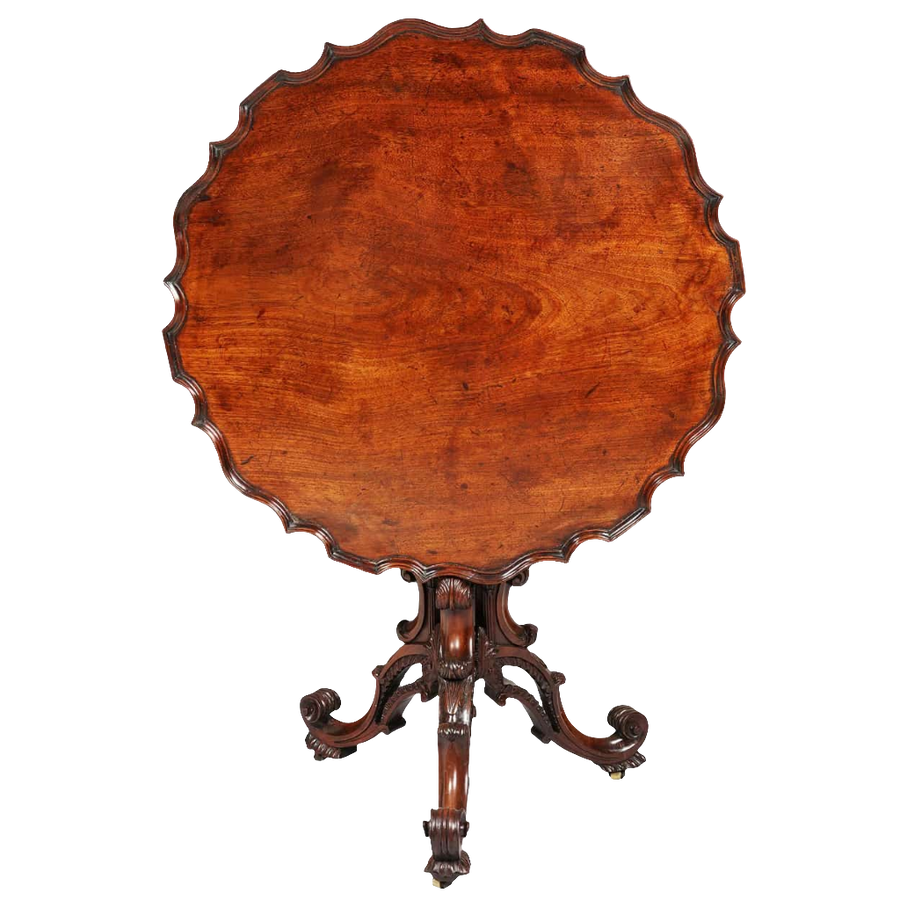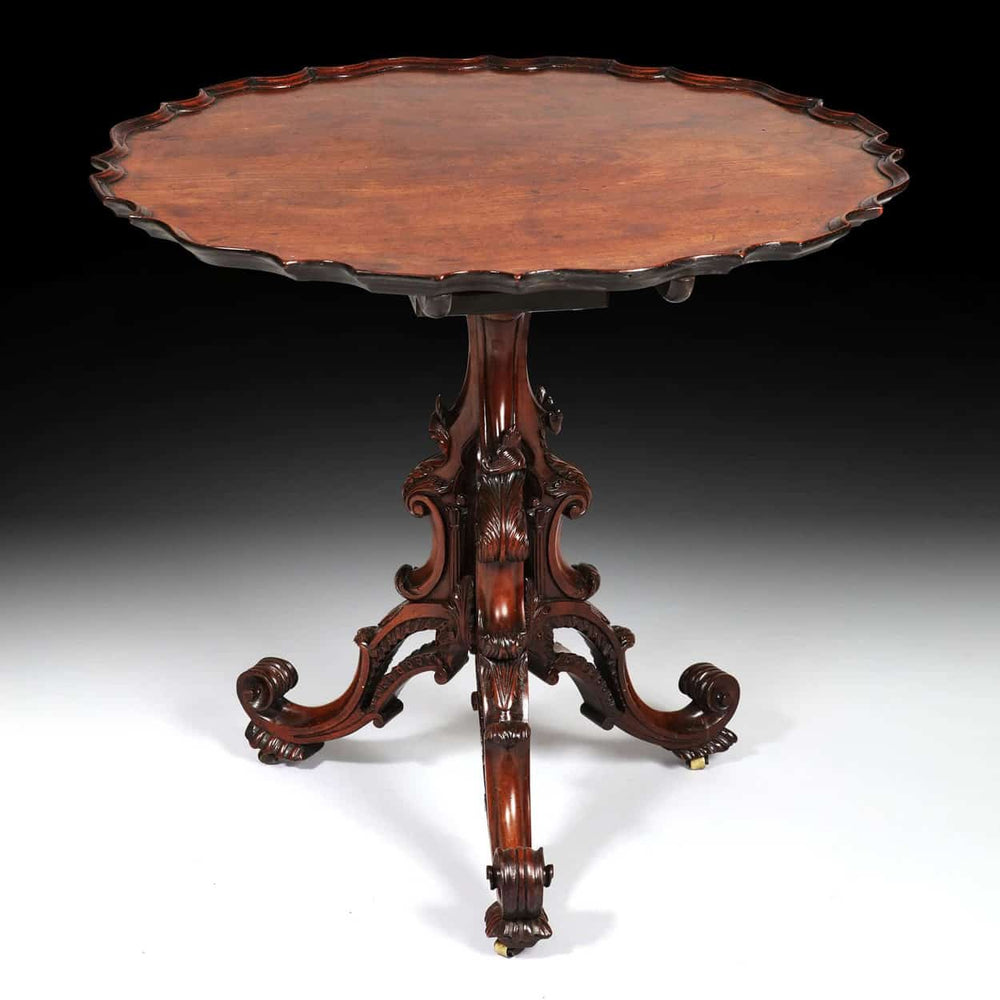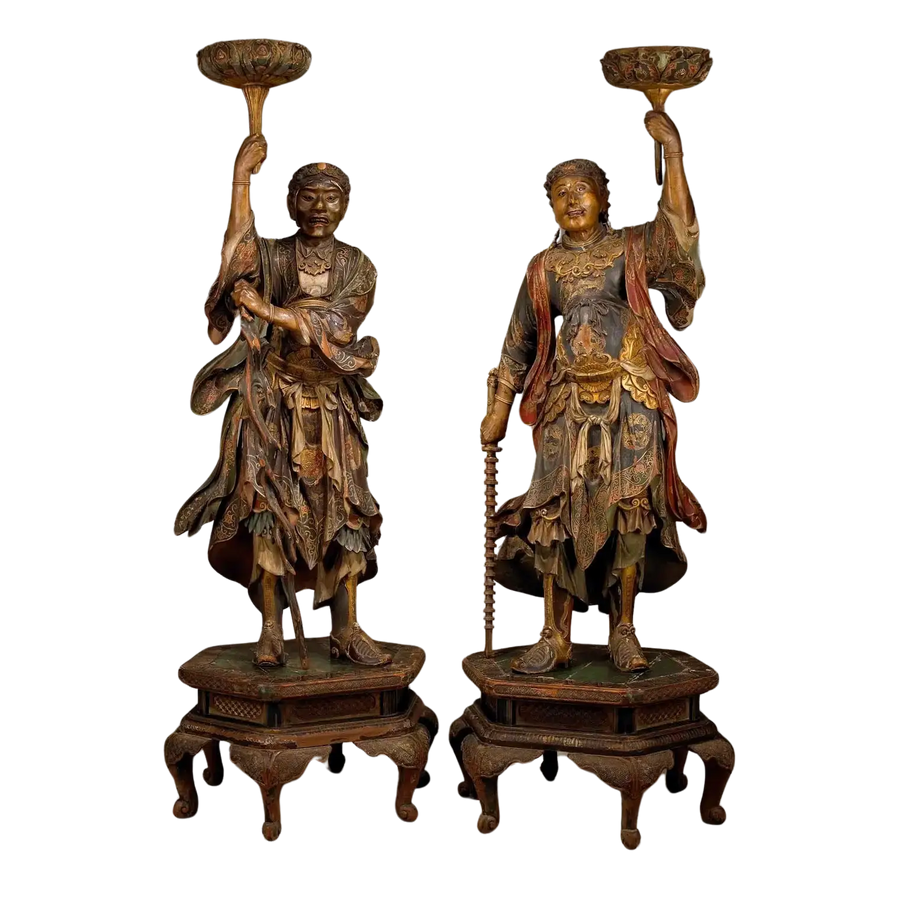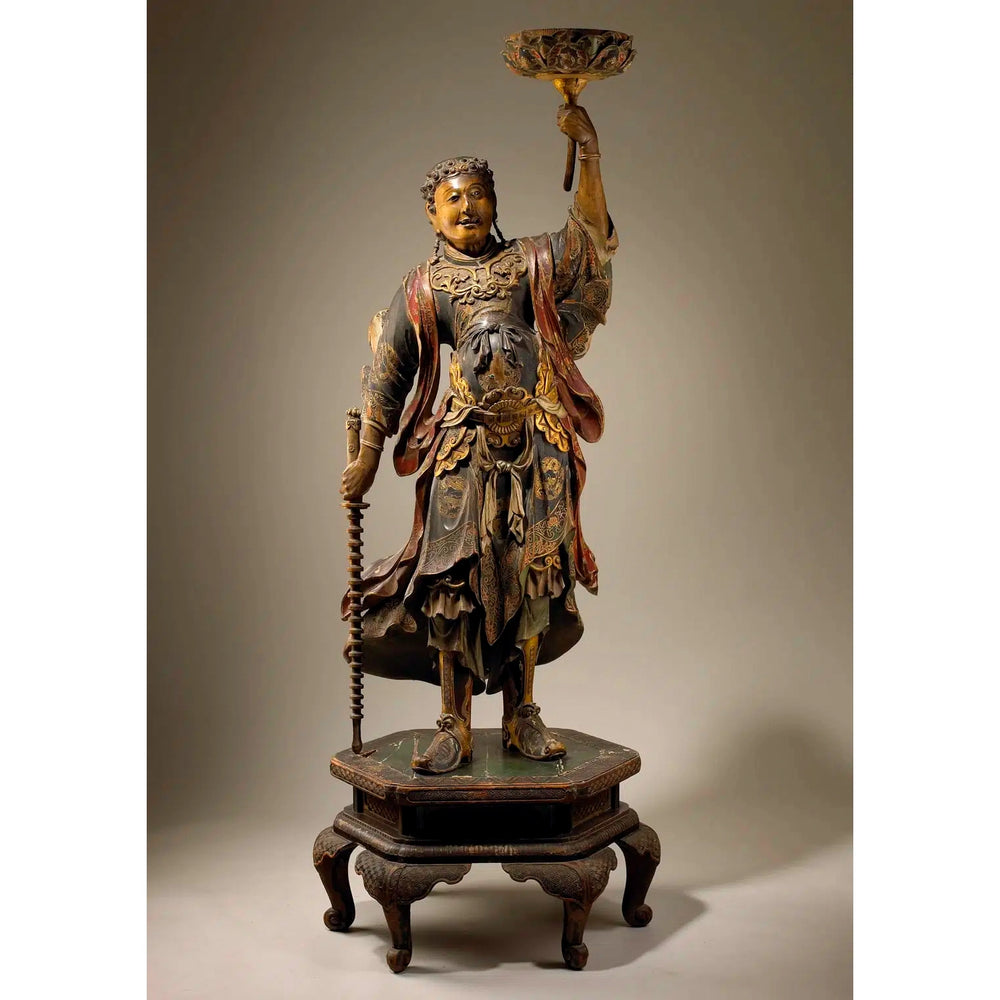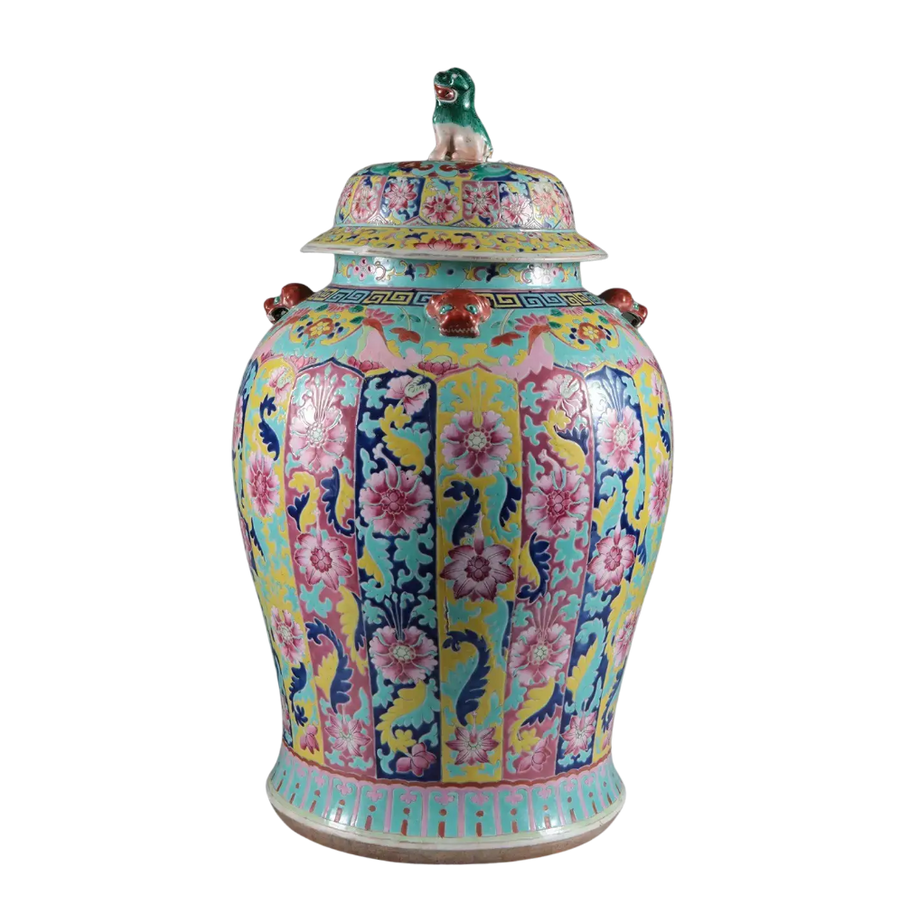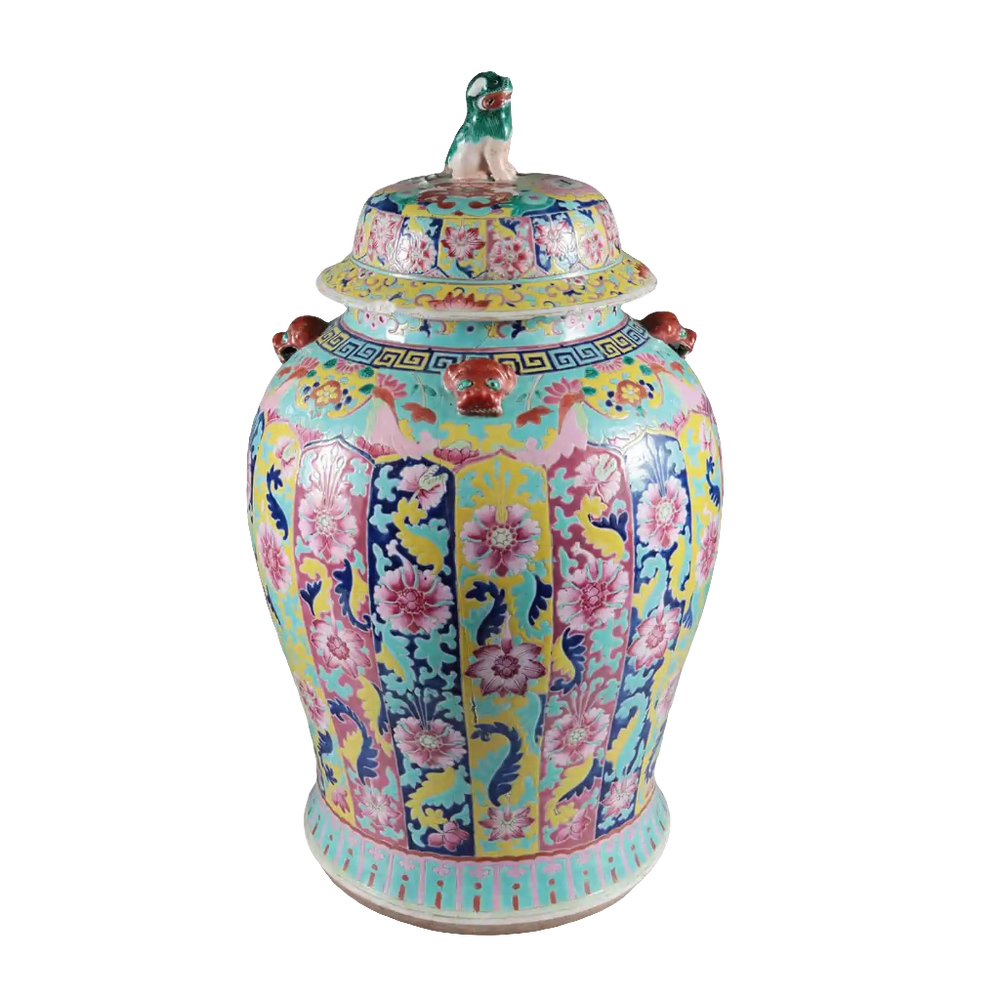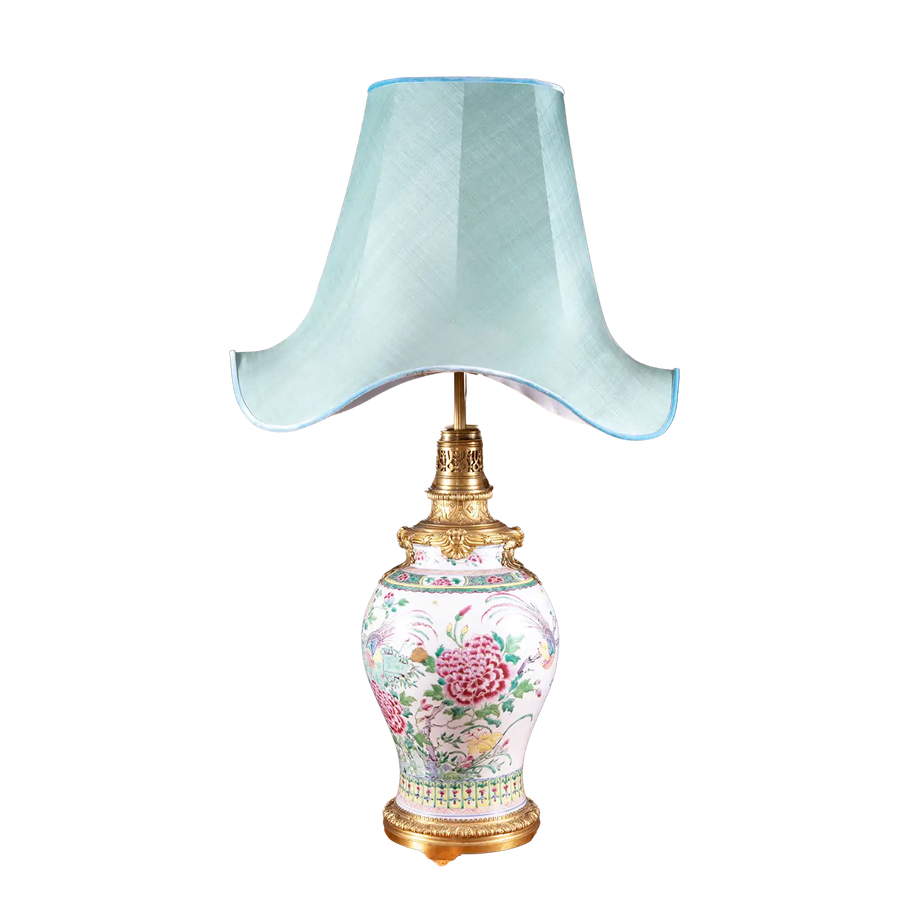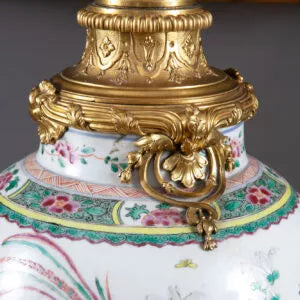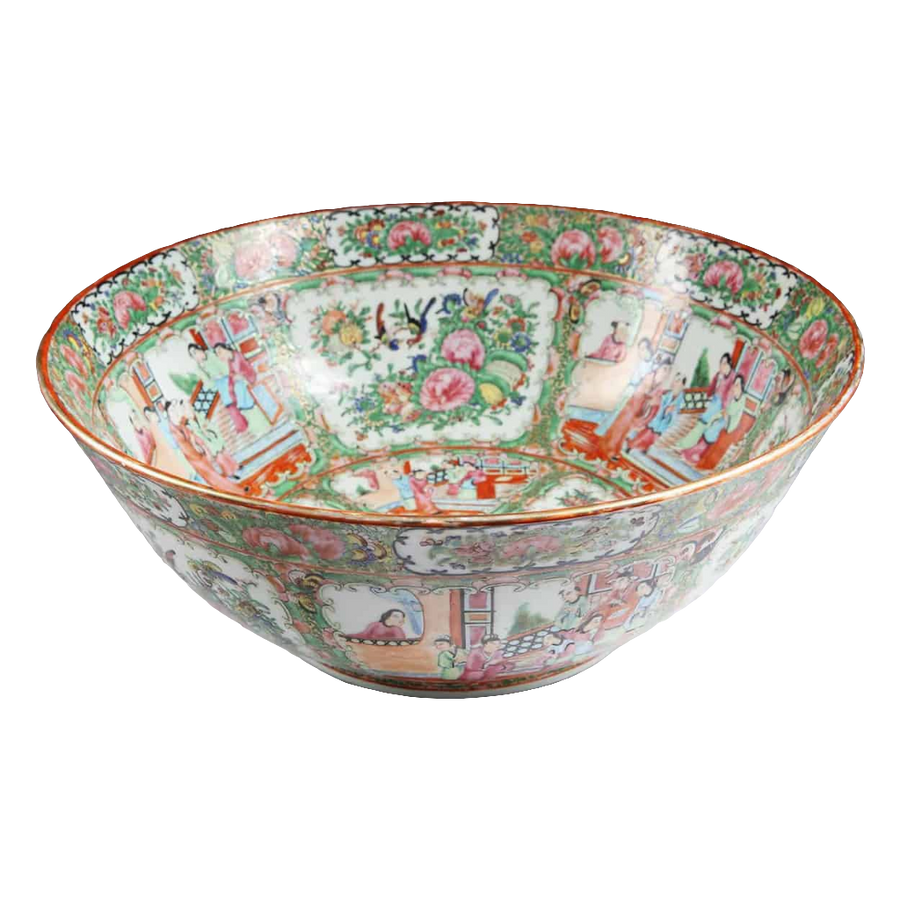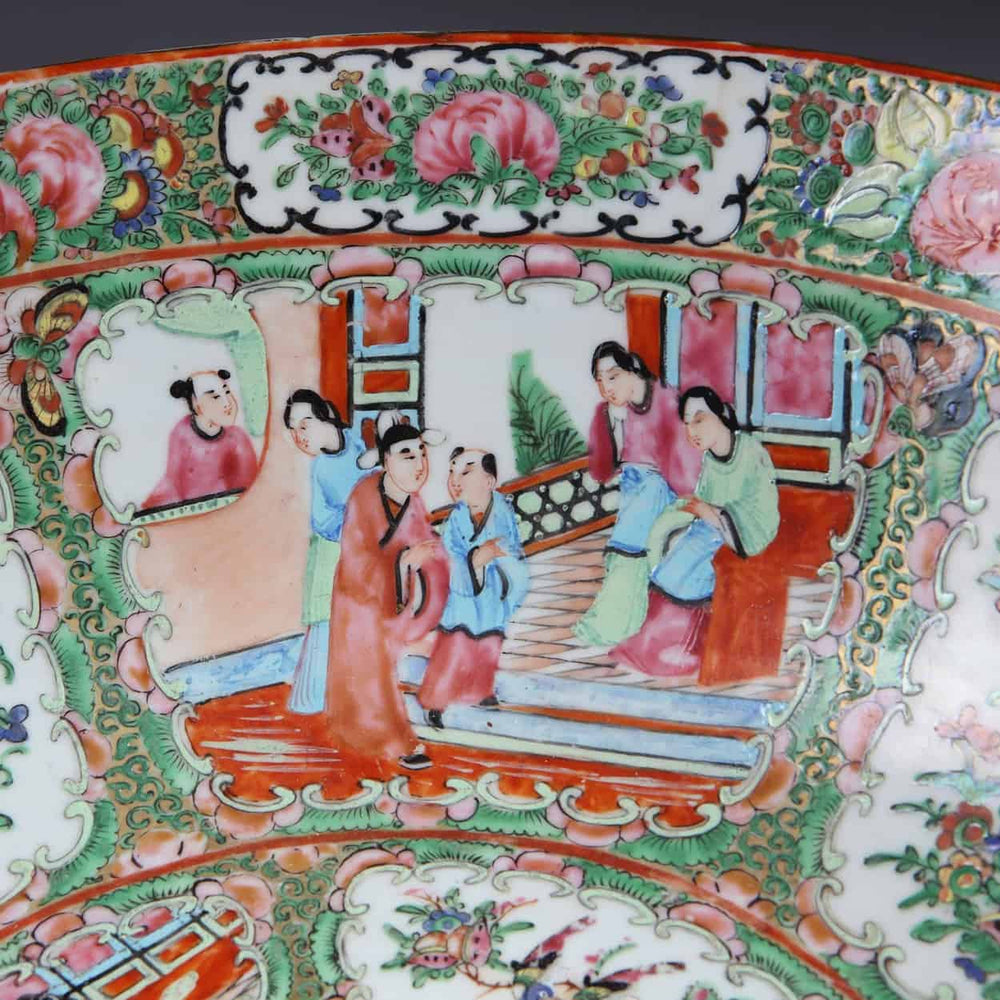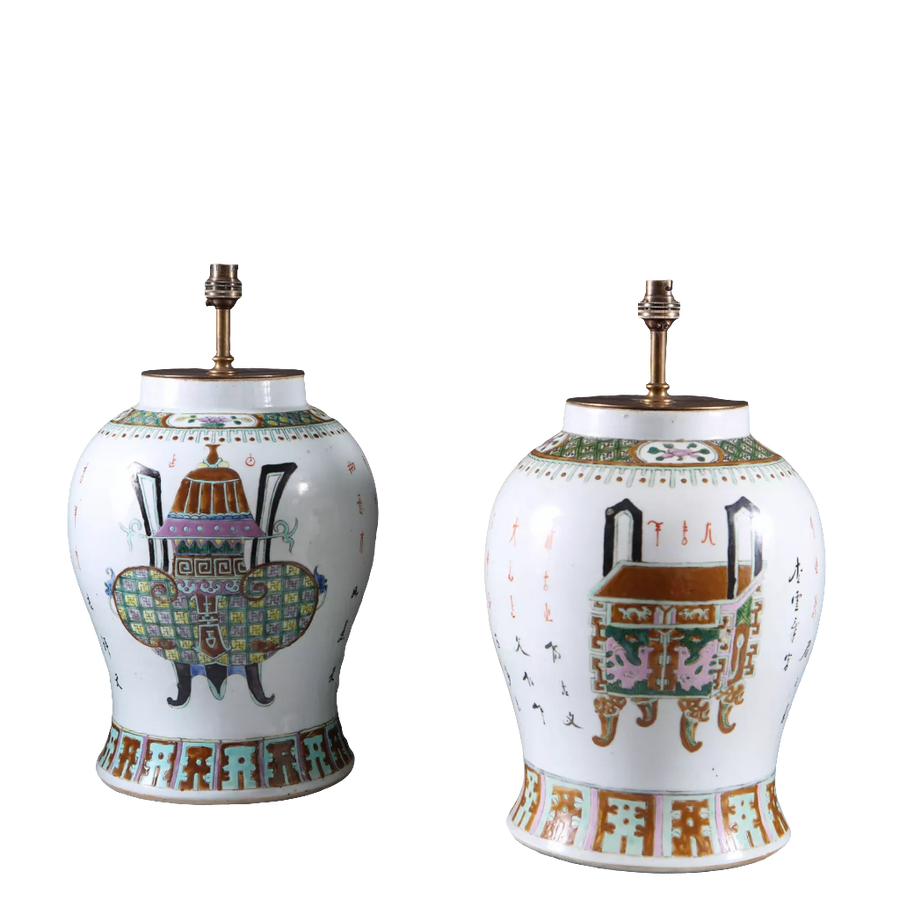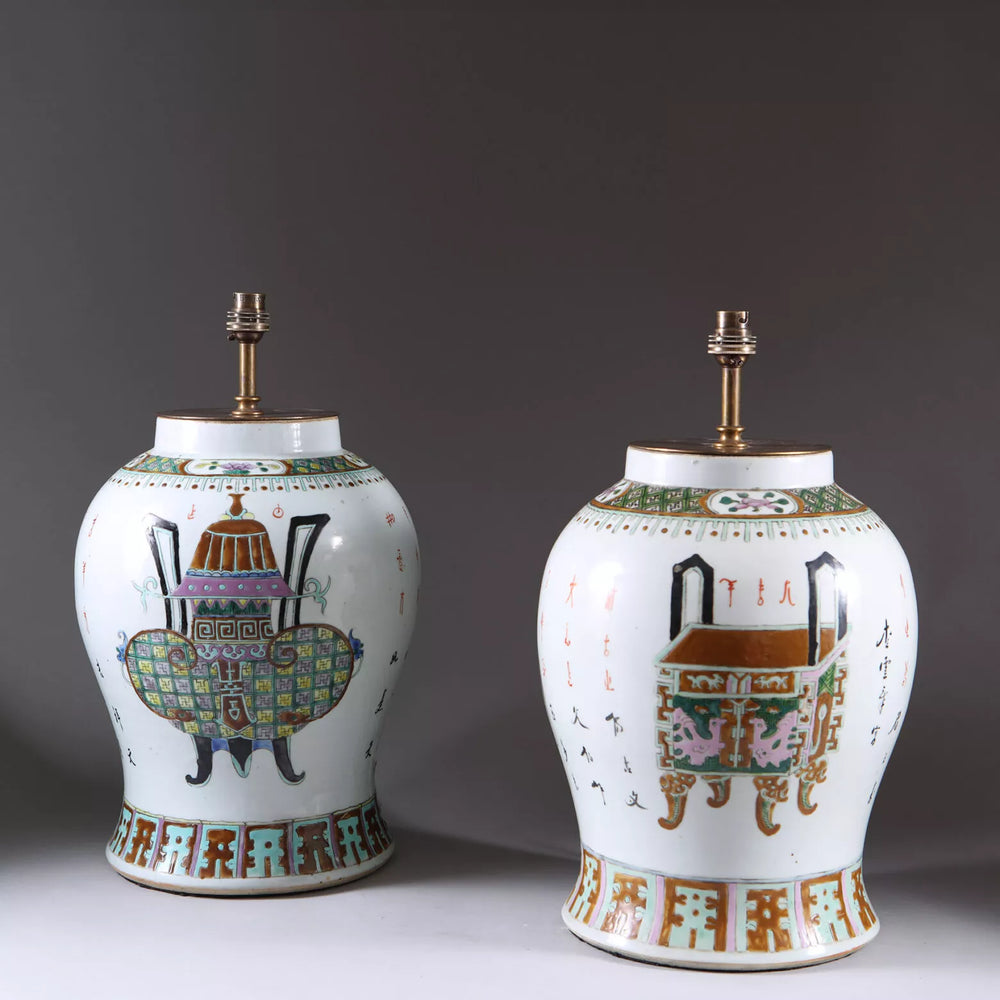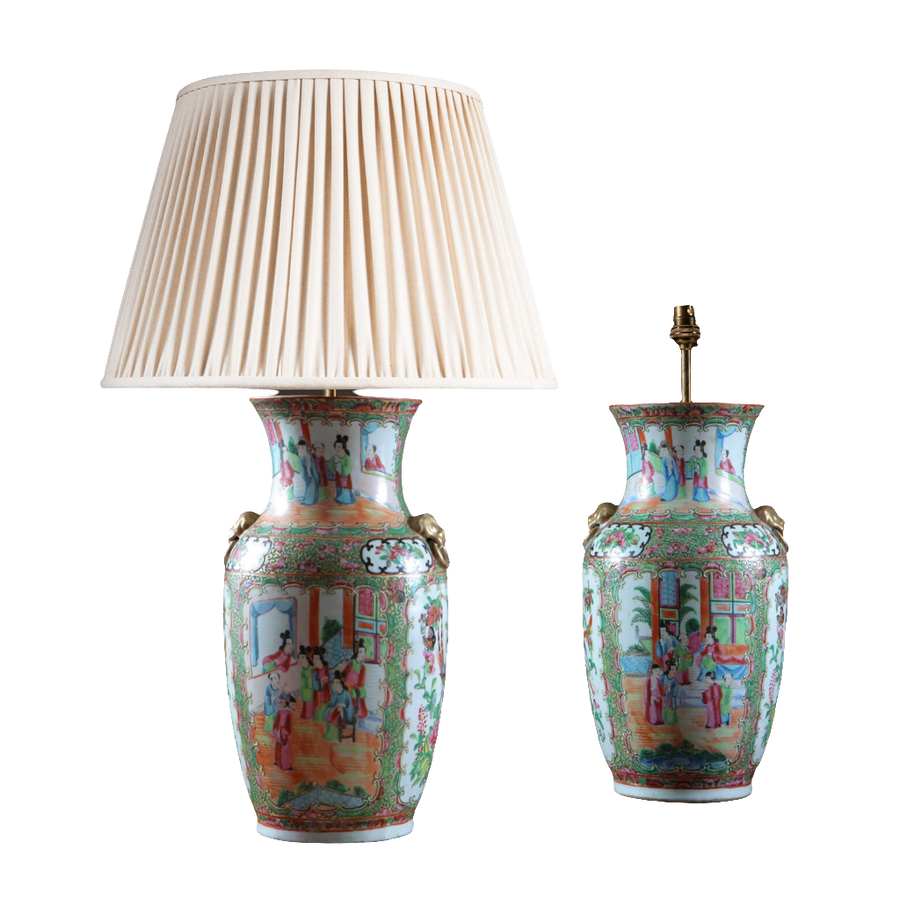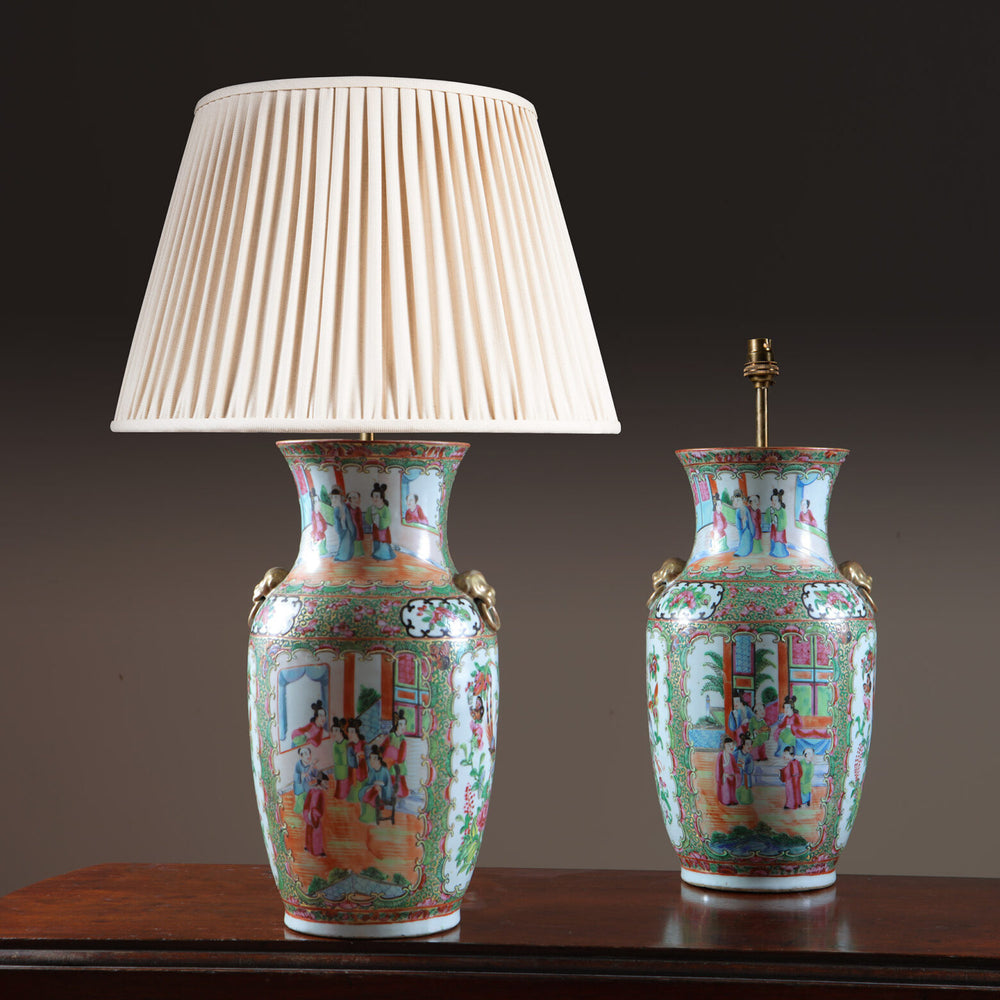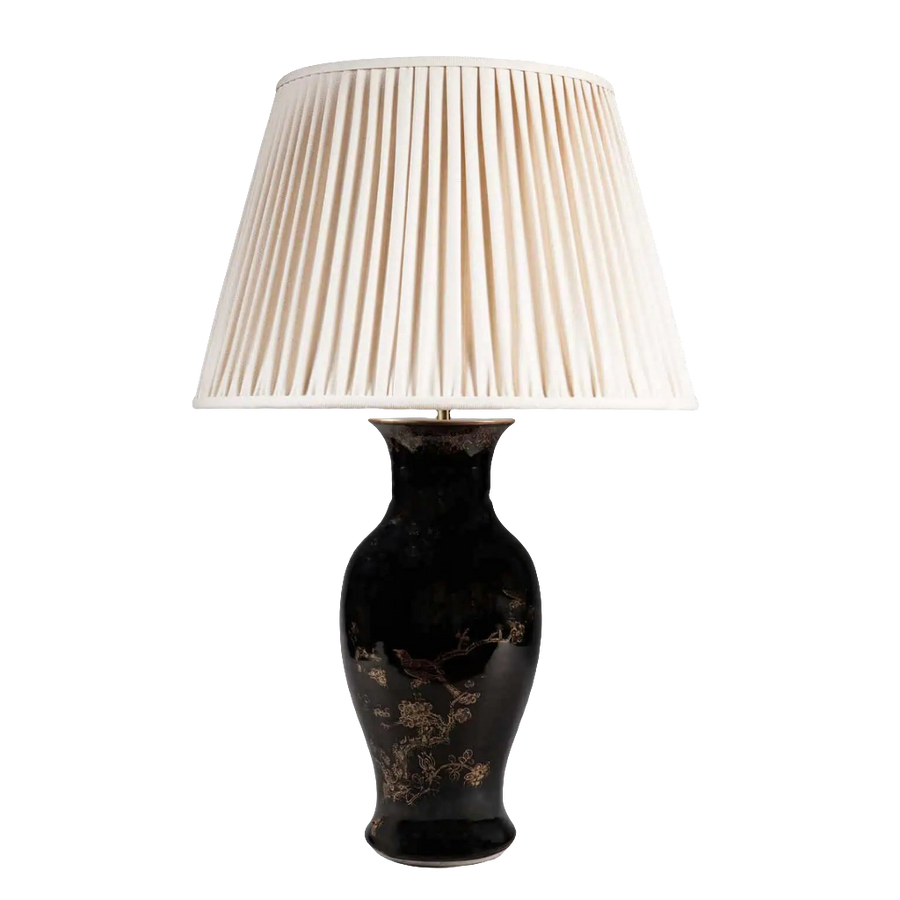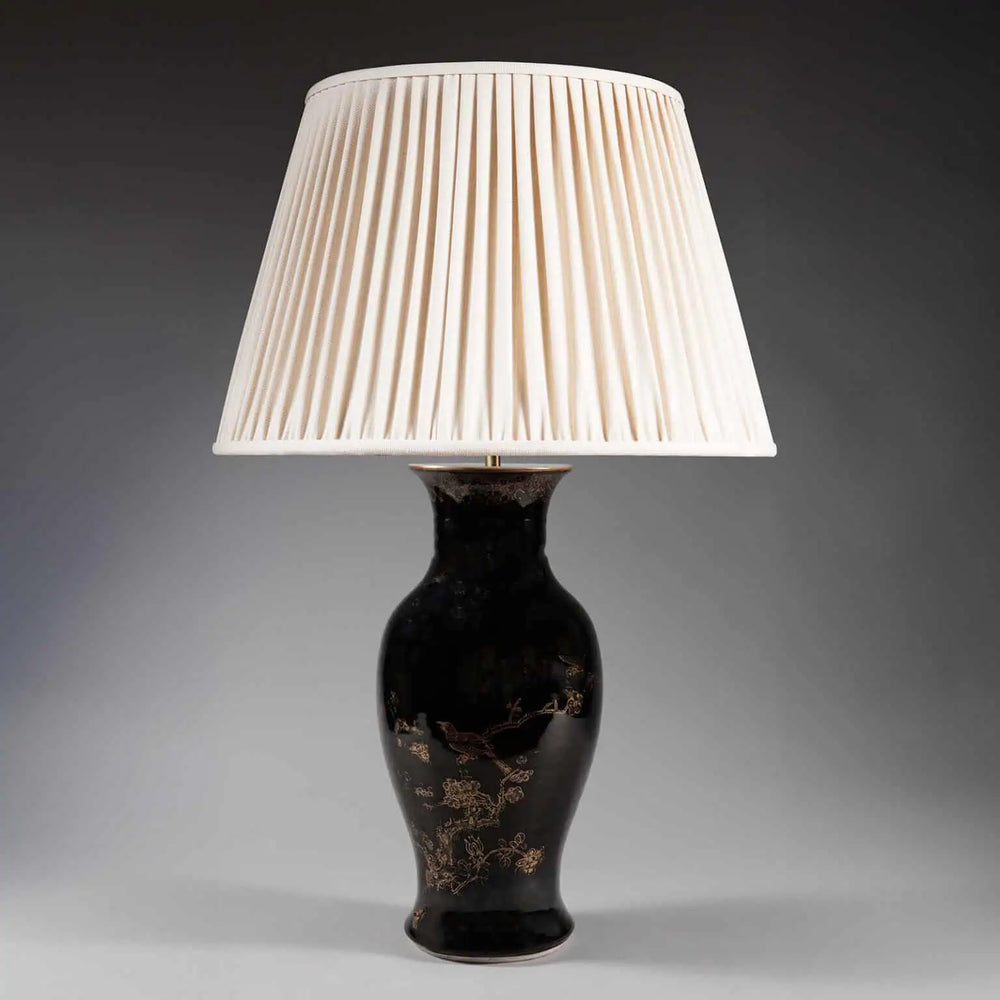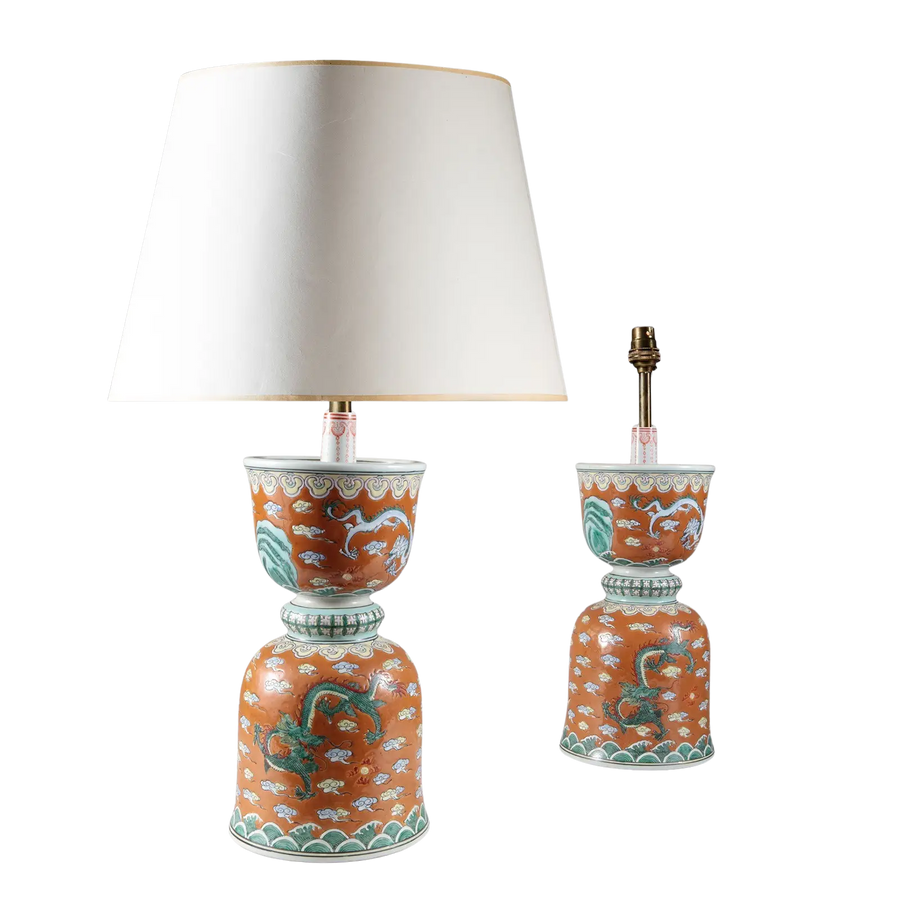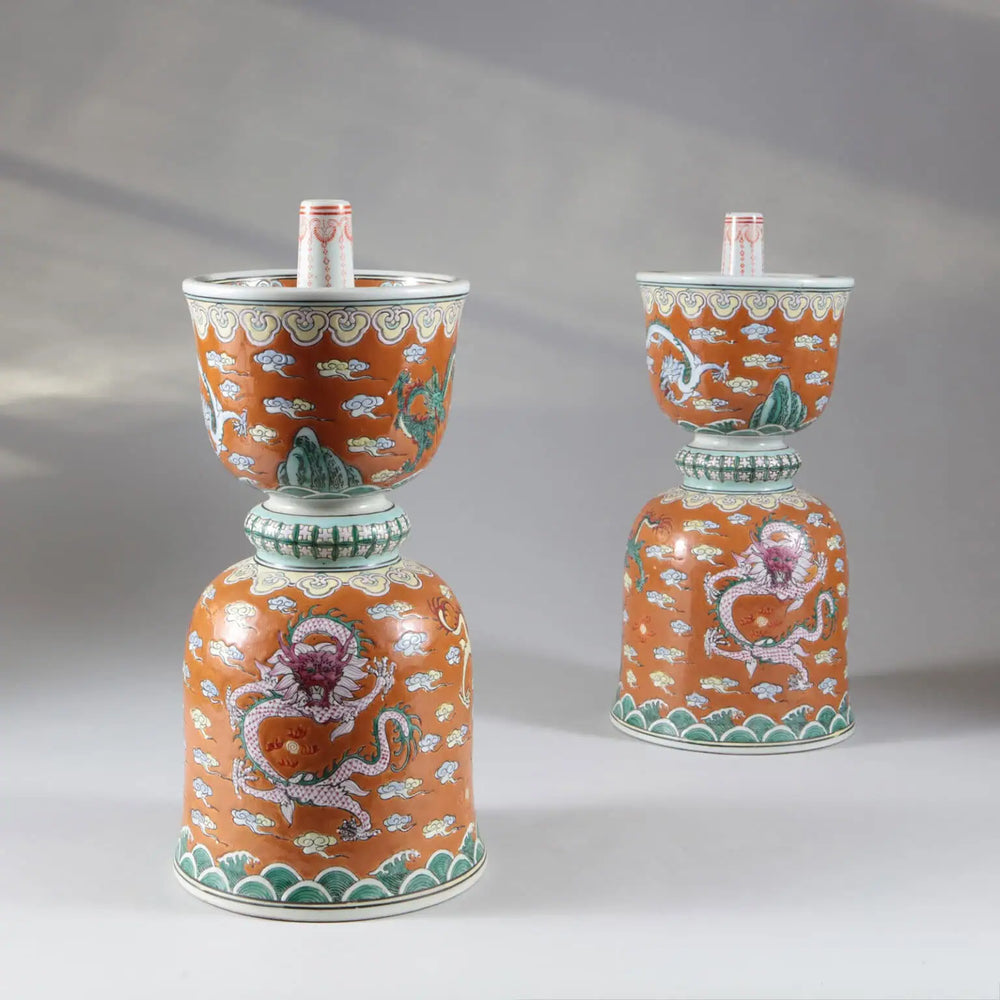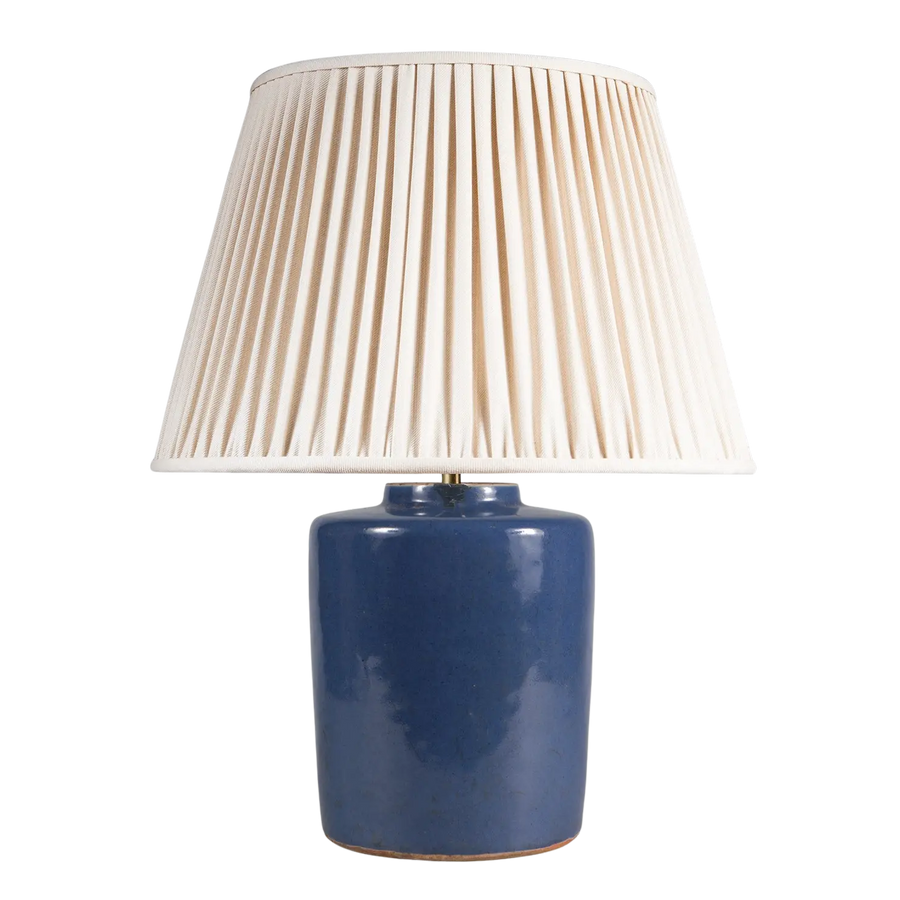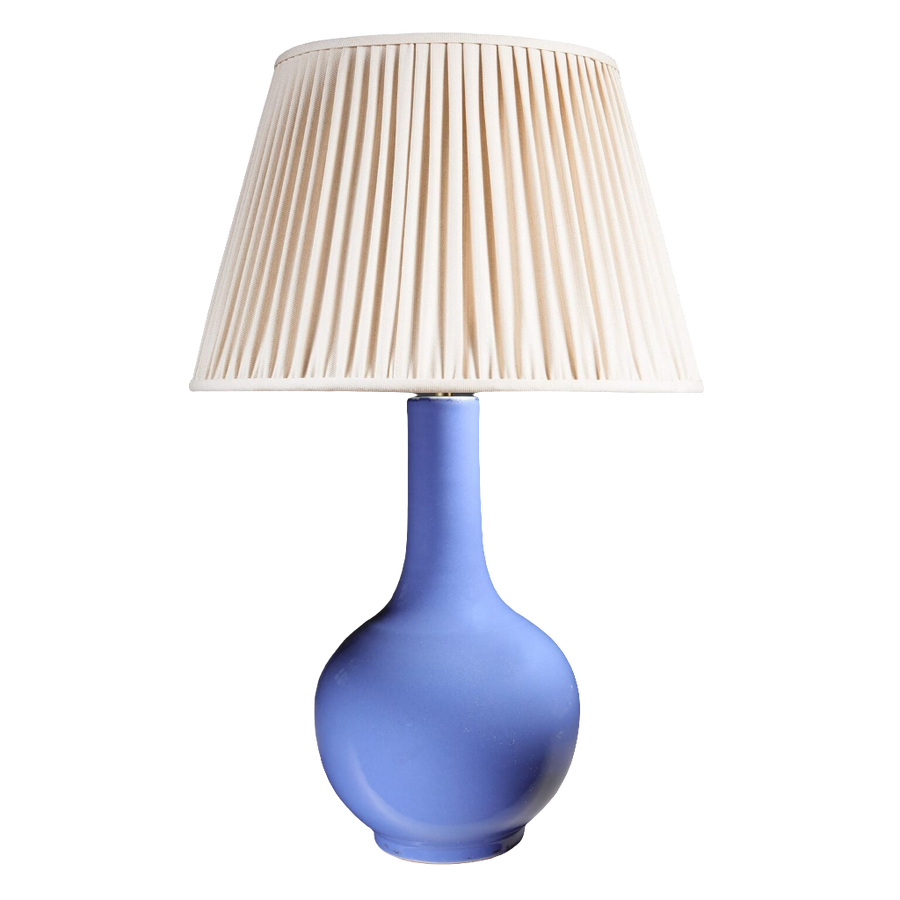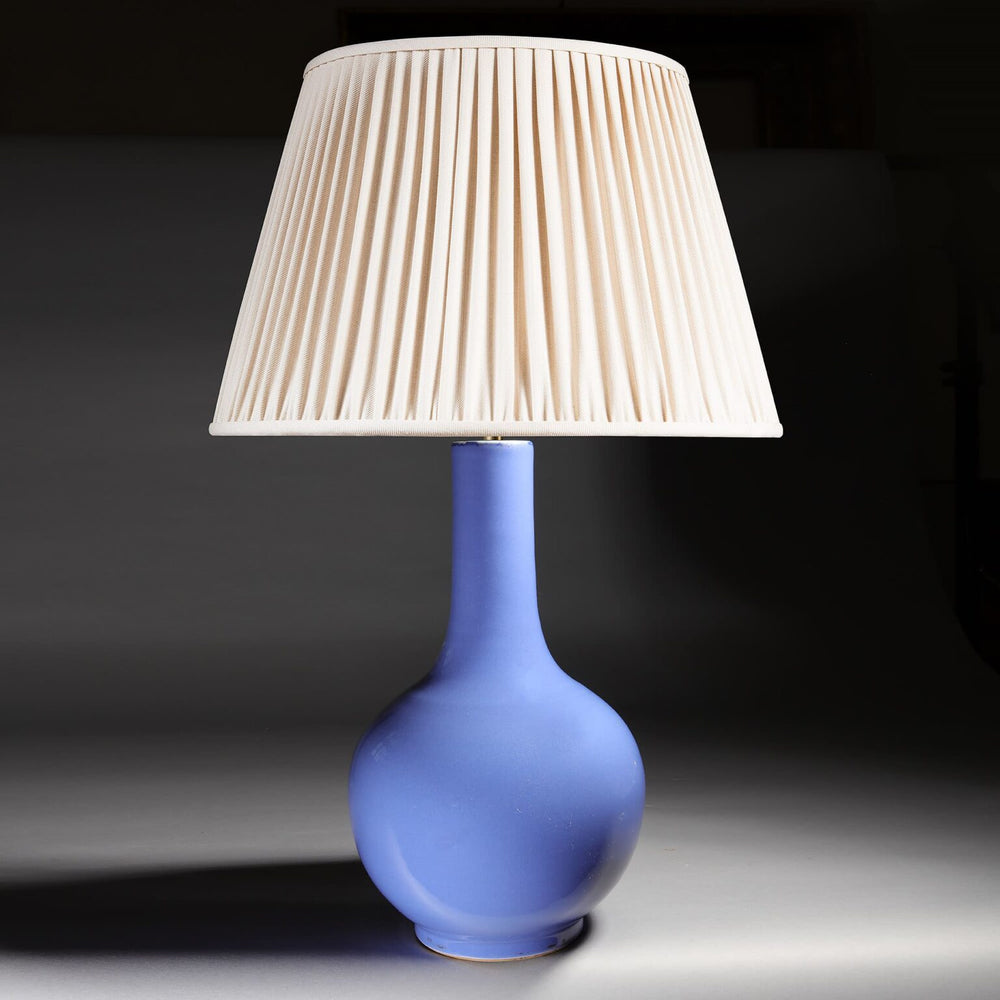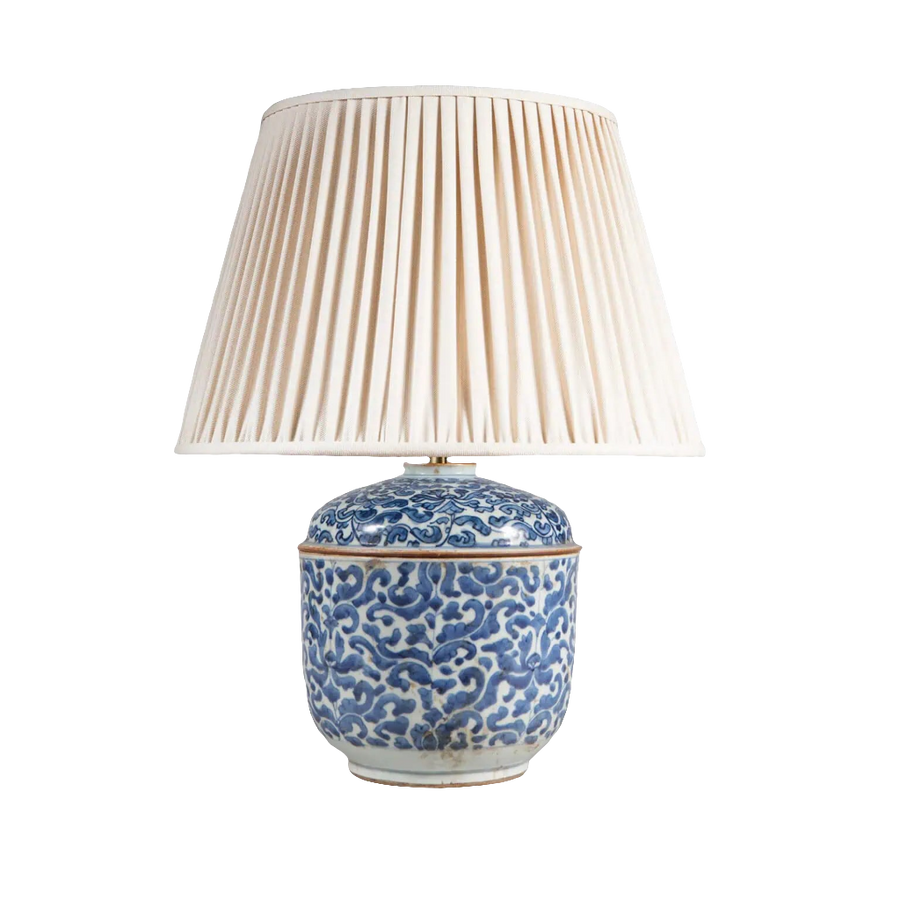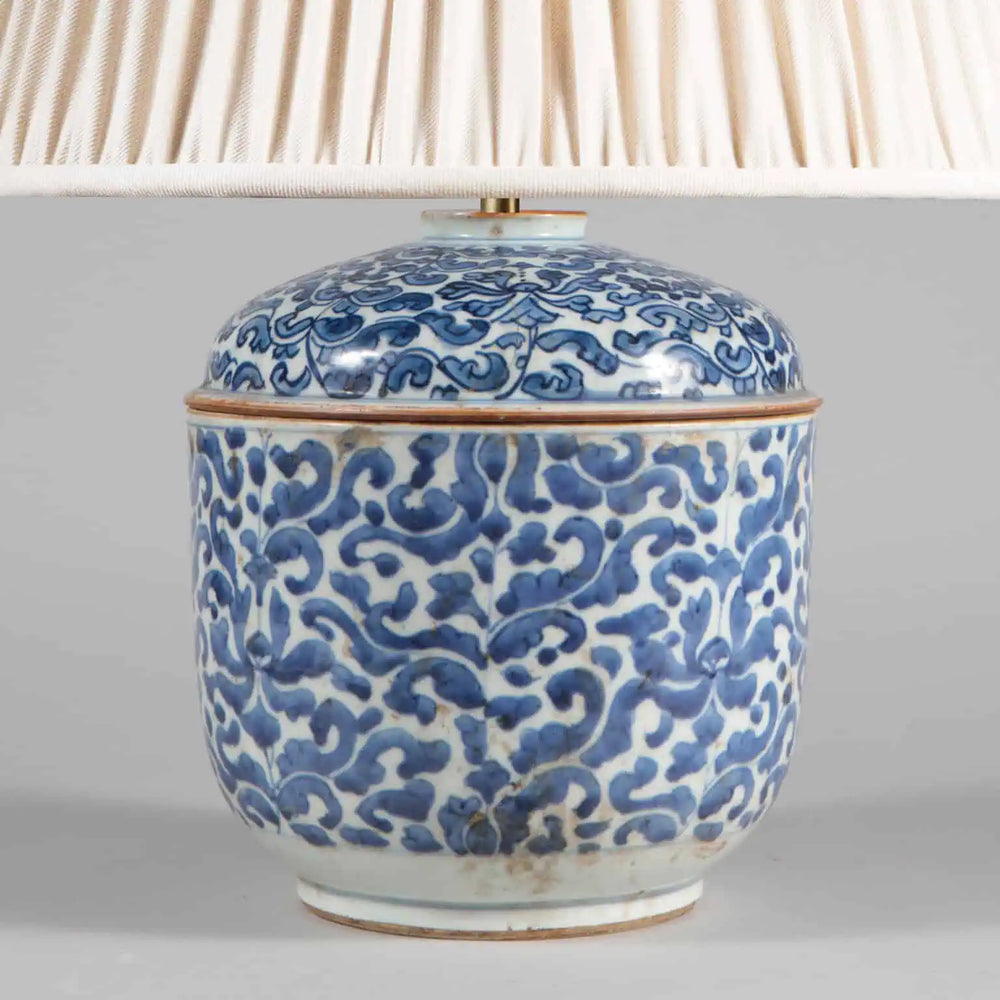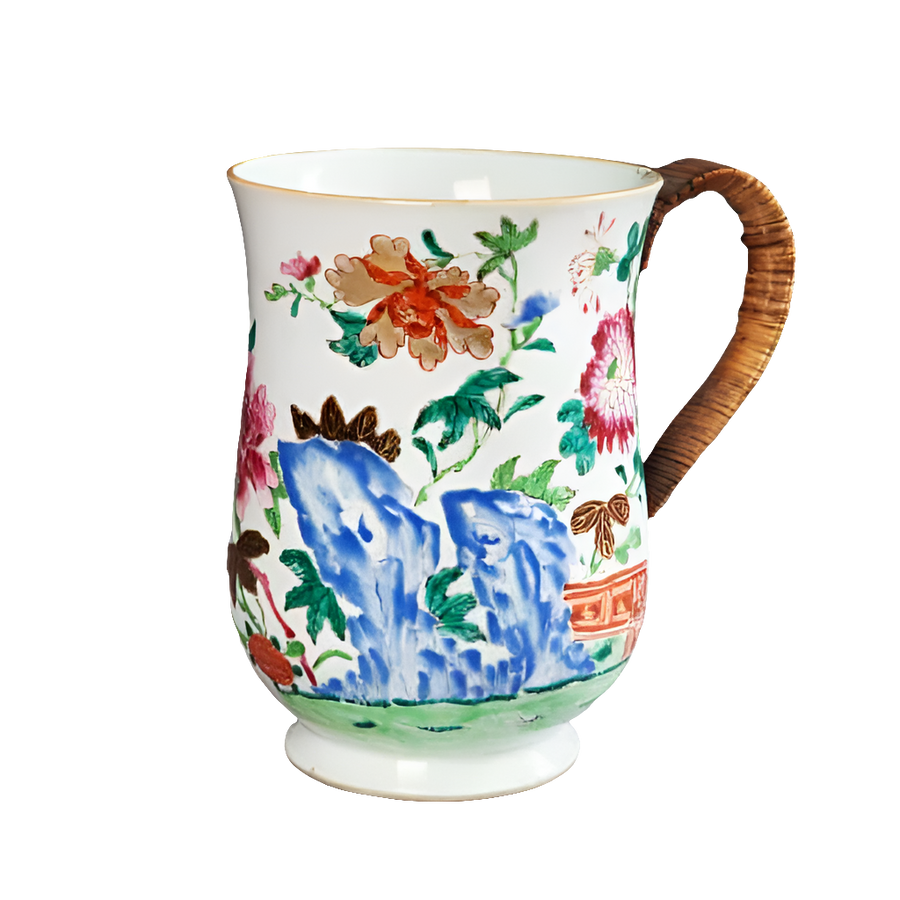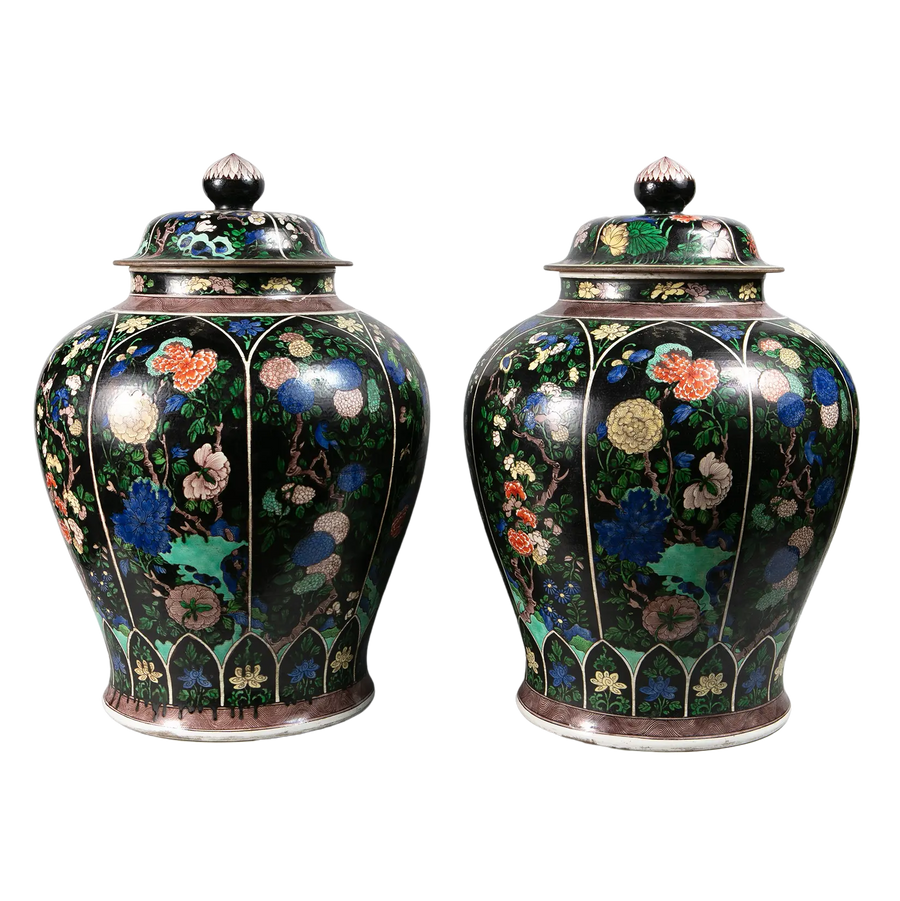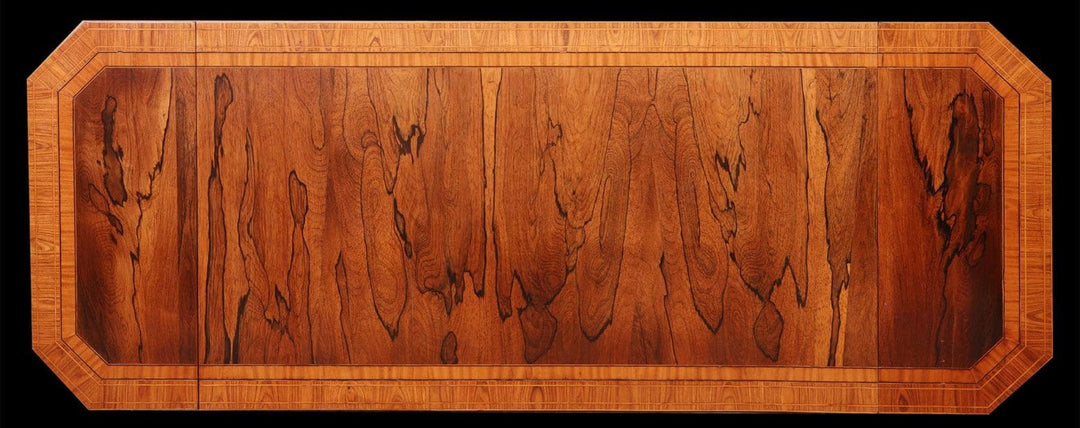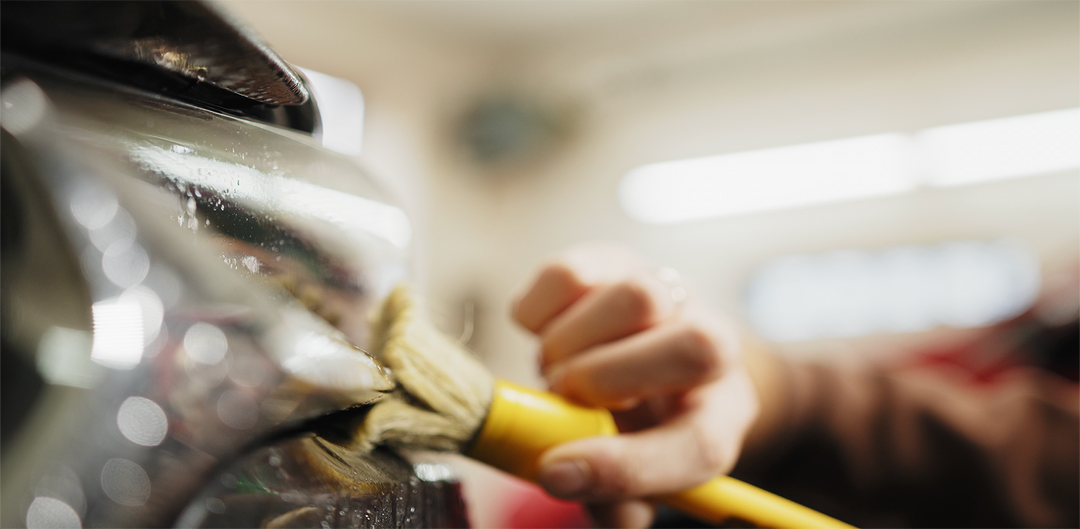European decorative arts have long been inspired by the beauty of antique Chinese porcelain. From the 15th century onward, Chinese Kangxi porcelain has been a source of inspiration for European ceramicists and potters. The Chinese had perfected the art of porcelain making, and the Europeans were eager to learn from their techniques but did not discover the secret until the mid-18th-century at Meissen.
The porcelain that inspired European decorative arts was often decorated with intricate designs and motifs. Chinese potters used a variety of techniques, such as painting, glazing, and incising, to create beautiful pieces. These techniques were adopted by European potters, who used them to create their own unique designs in the Chinese taste. The Chinese also used a variety of colours, such as https://nicholaswells.com/colour/blue-and-white/blue and white, which were also adopted by European potters, particularly in https://nicholaswells.comdelft/Delft.
European decorative arts inspired by antique Kangxi porcelain can still be seen today. Many of these pieces are highly sought after by collectors and can be found in museums and galleries around the world. The beauty and craftsmanship of these pieces is a testament to the influence of Chinese porcelain on European decorative arts.
See https://nicholaswells.com/style/chinoiserie/Chinoiserie / https://nicholaswells.com/technique/japanningJapanning
European decorative arts have long been inspired by the beauty of antique Chinese porcelain. From the 15th century onward, Chinese Kangxi porcelain has been a source of inspiration for European ceramicists and potters. The Chinese had perfected the art of porcelain making, and the Europeans were eager to learn from their techniques but did not discover the secret until the mid-18th-century at Meissen.
The porcelain that inspired European decorative arts was often decorated with intricate designs and motifs. Chinese potters used a variety of techniques, such as painting, glazing, and incising, to create beautiful pieces. These techniques were adopted by European potters, who used them to create their own unique designs in the Chinese taste. The Chinese also used a variety of colours, such as https://nicholaswells.com/colour/blue-and-white/blue and white, which were also adopted by European potters, particularly in https://nicholaswells.comdelft/Delft.
European decorative arts inspired by antique Kangxi porcelain can still be seen today. Many of these pieces are highly sought after by collectors and can be found in museums and galleries around the world. The beauty and craftsmanship of these pieces is a testament to the influence of Chinese porcelain on European decorative arts.
See https://nicholaswells.com/style/chinoiserie/Chinoiserie / https://nicholaswells.com/technique/japanningJapanning
Read More





